
In the field of engineering and manufacturing, accuracy is a crucial factor in ensuring the quality and functionality of products. One important component in many mechanical systems is a reducer, which is used to decrease the speed of a rotating machine. Measuring the accuracy of a reducer is essential in order to ensure that it performs its function efficiently and effectively. There are several methods that can be used to measure the accuracy of a reducer, and understanding these methods is key to maintaining high standards in engineering and manufacturing.
One common way to measure the accuracy of a reducer is through visual inspection. This involves examining the gear teeth, bearings, and other components of the reducer to check for any signs of wear or damage. By visually inspecting the reducer, engineers can identify any potential issues that may affect its accuracy and make the necessary adjustments or repairs.
Another method of measuring the accuracy of a reducer is through vibration analysis. Vibration analysis involves using specialized equipment to monitor the vibrations of the reducer during operation. By analyzing the frequency and amplitude of the vibrations, engineers can determine whether the reducer is operating within acceptable tolerances. If the vibrations are outside of the acceptable range, adjustments can be made to improve the accuracy of the reducer.
In addition to visual inspection and vibration analysis, another method of measuring the accuracy of a reducer is through gear backlash measurement. Gear backlash refers to the amount of movement that occurs in the gears of the reducer before the motion is transferred to the output shaft. By measuring the gear backlash, engineers can determine whether the reducer is functioning correctly and make any necessary adjustments to improve its accuracy.
Another important consideration when measuring the accuracy of a reducer is the alignment of its components. Misalignment of gears, bearings, or other components can cause inaccuracies in the operation of the reducer. By ensuring that all components are properly aligned, engineers can improve the accuracy and efficiency of the reducer.
In conclusion, measuring the accuracy of a reducer is essential in order to ensure the quality and functionality of mechanical systems. Visual inspection, vibration analysis, gear backlash measurement, and component alignment are all important methods for measuring the accuracy of a reducer. By understanding these methods and implementing them effectively, engineers can maintain high standards of accuracy in engineering and manufacturing processes.
 English
English Deutsch
Deutsch Русский
Русский Español
Español
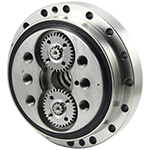
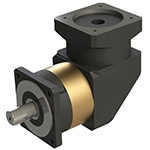
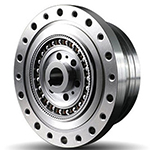
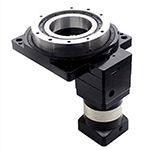
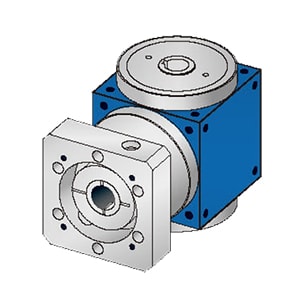
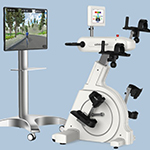
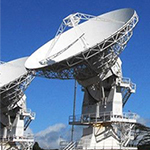
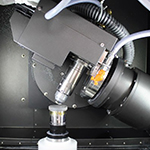
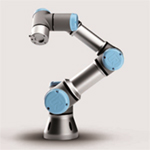
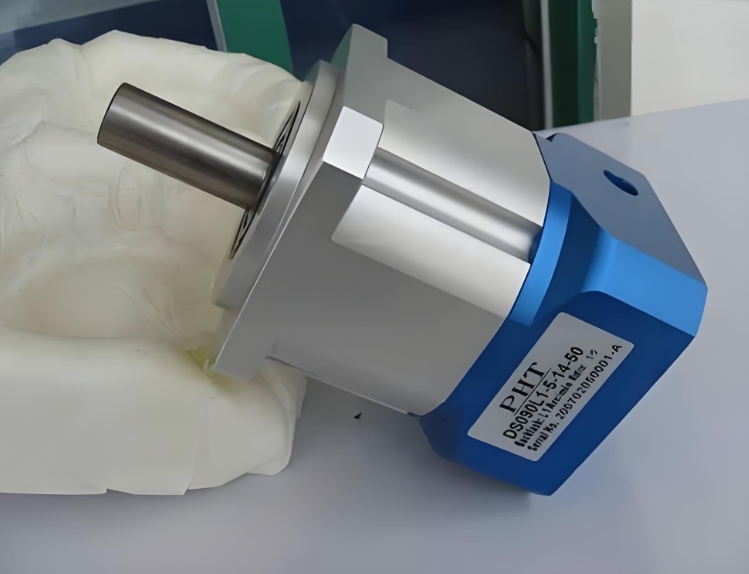
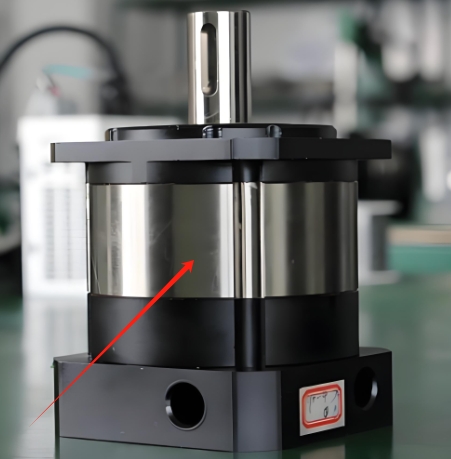
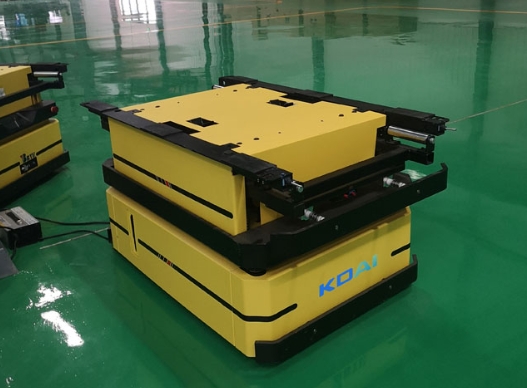
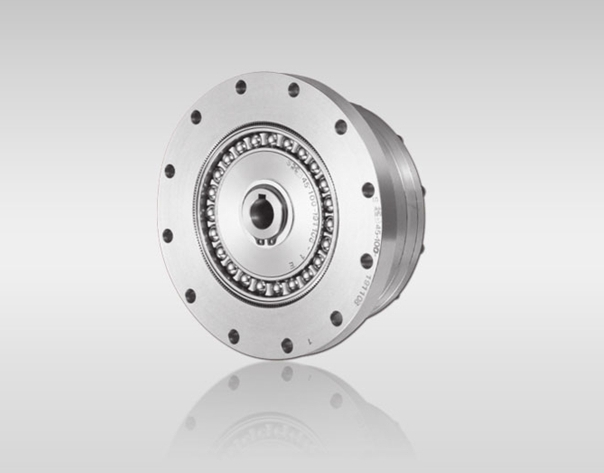
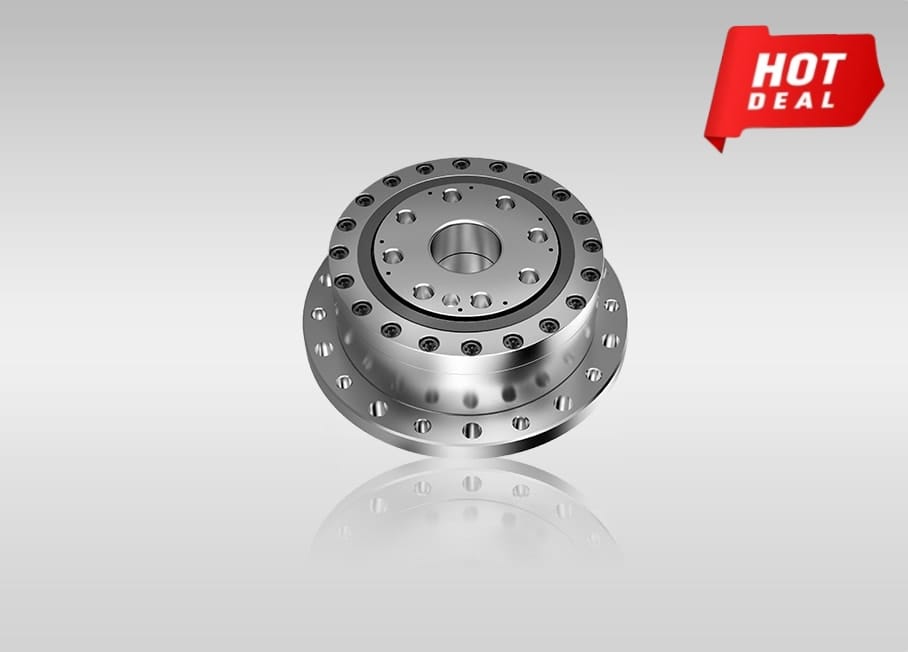
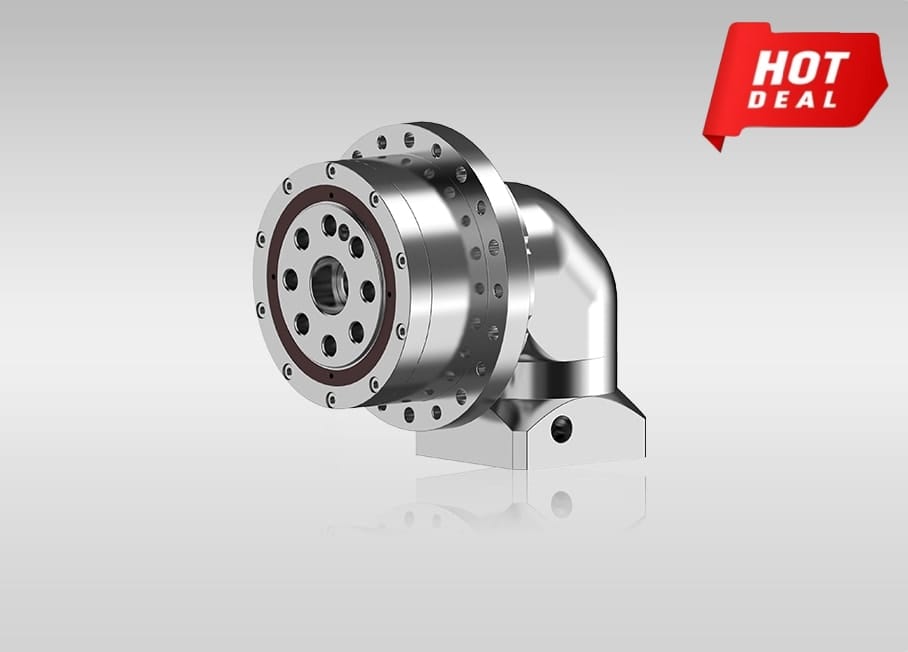
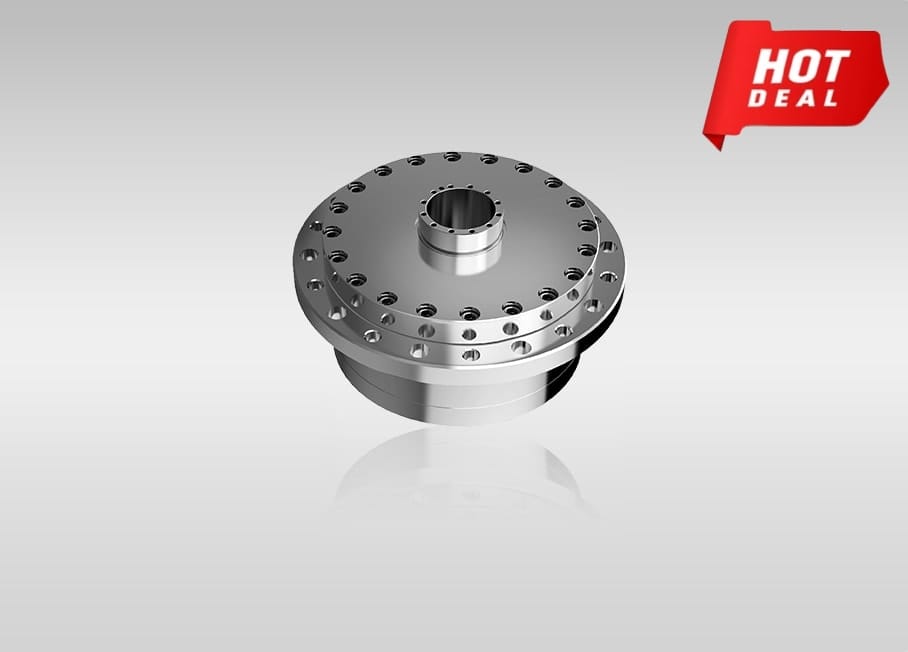
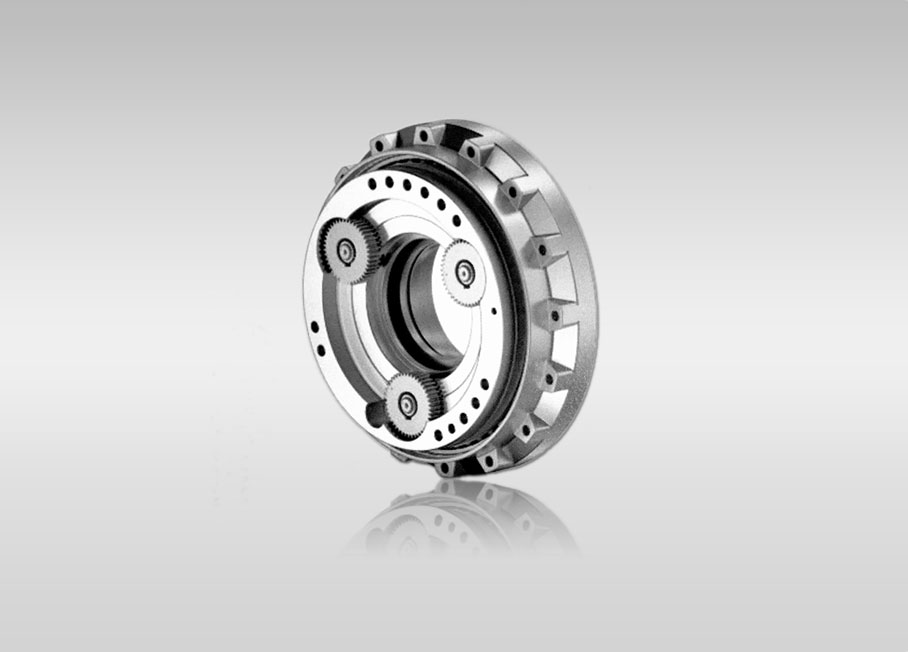
Quote Now